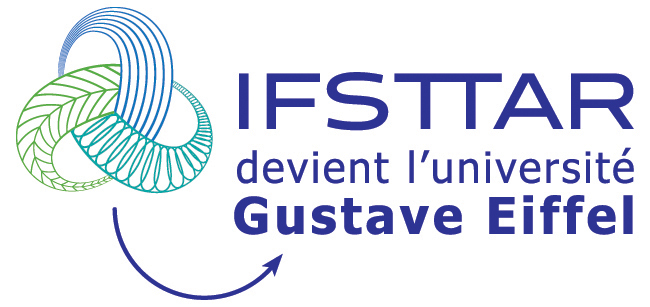Quantifying the rationality of rhythmic signals
Résumé
Rhythms and vibrations represent the quintessence of life, they are ubiquitous (systemic) in all living systems. Recognising, unfolding these rhythms is paramount in medicine, for example in the physiology of the heart, lung, hearing, speech, brain, the cellular and molecular processes involved in biological clocks. The importance of the commensurability of the frequencies in different rhythms has been thoroughly studied in music. We define a log-frequency correlation measure on spectral densities that gives the distribution of frequency ratios (rational or irrational) in between two signals, and this measure is generalized to a time-log-frequency correlation measure using analytic wavelets. We illustrate these concepts on numerical signals (sums of sine functions) and voice recordings from the Voice-Icar-Federico II database. Finally, with a second correlation operation from two of these logfrequency correlation measures we introduce another measure that we call sonance, from which we can estimate the pitch transposition that would produce "harmony" (ratios of their harmonics being rational numbers) of two voices sung together.
Origine : Fichiers produits par l'(les) auteur(s)
